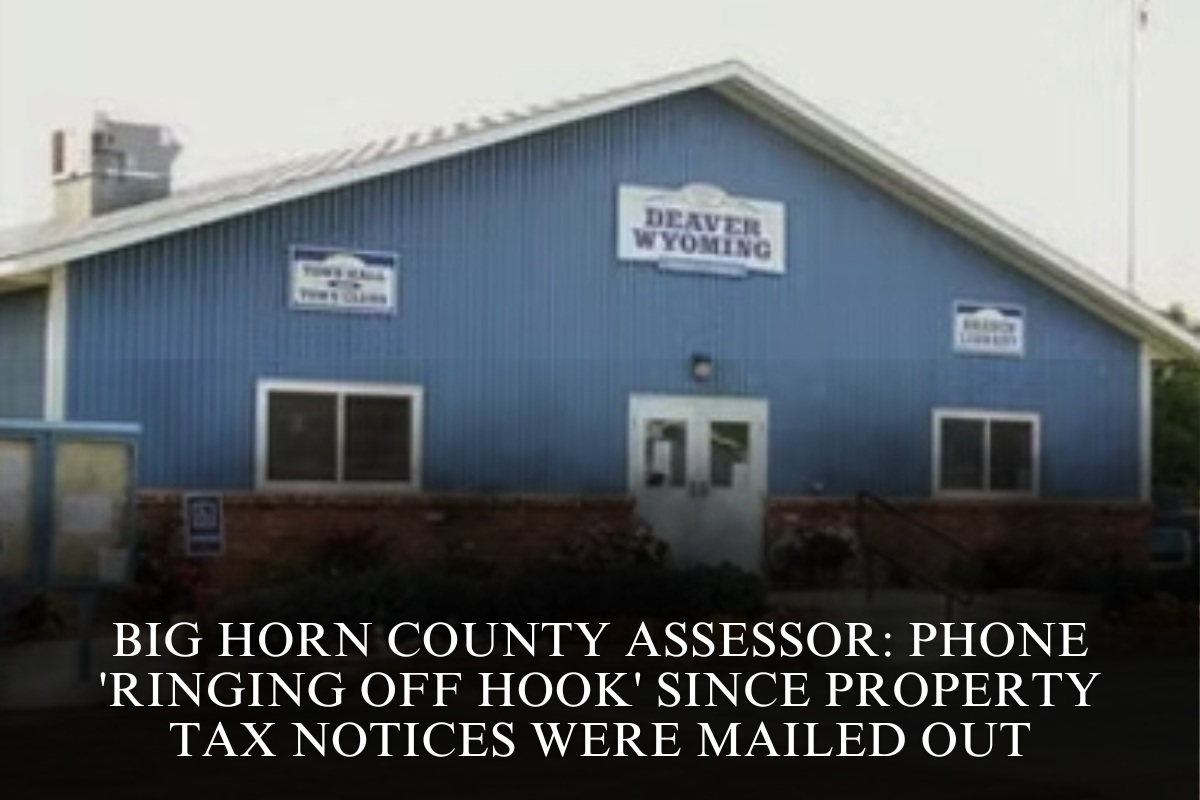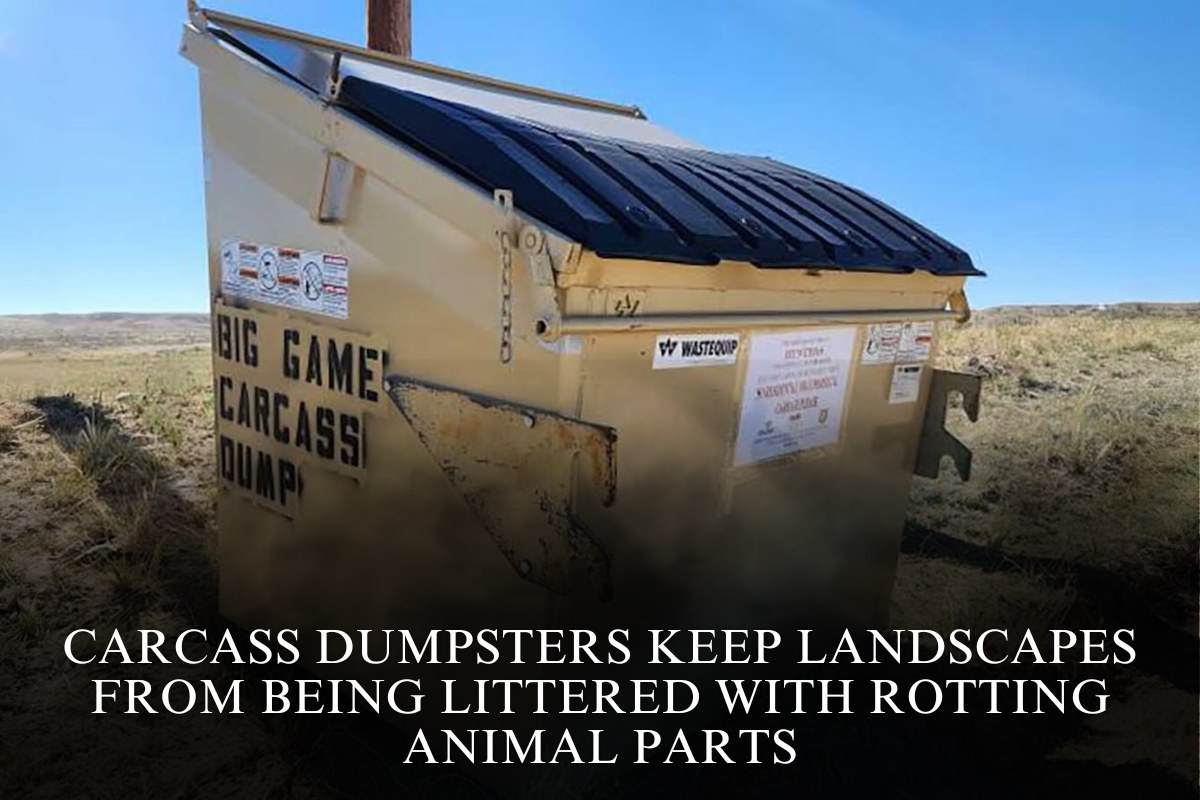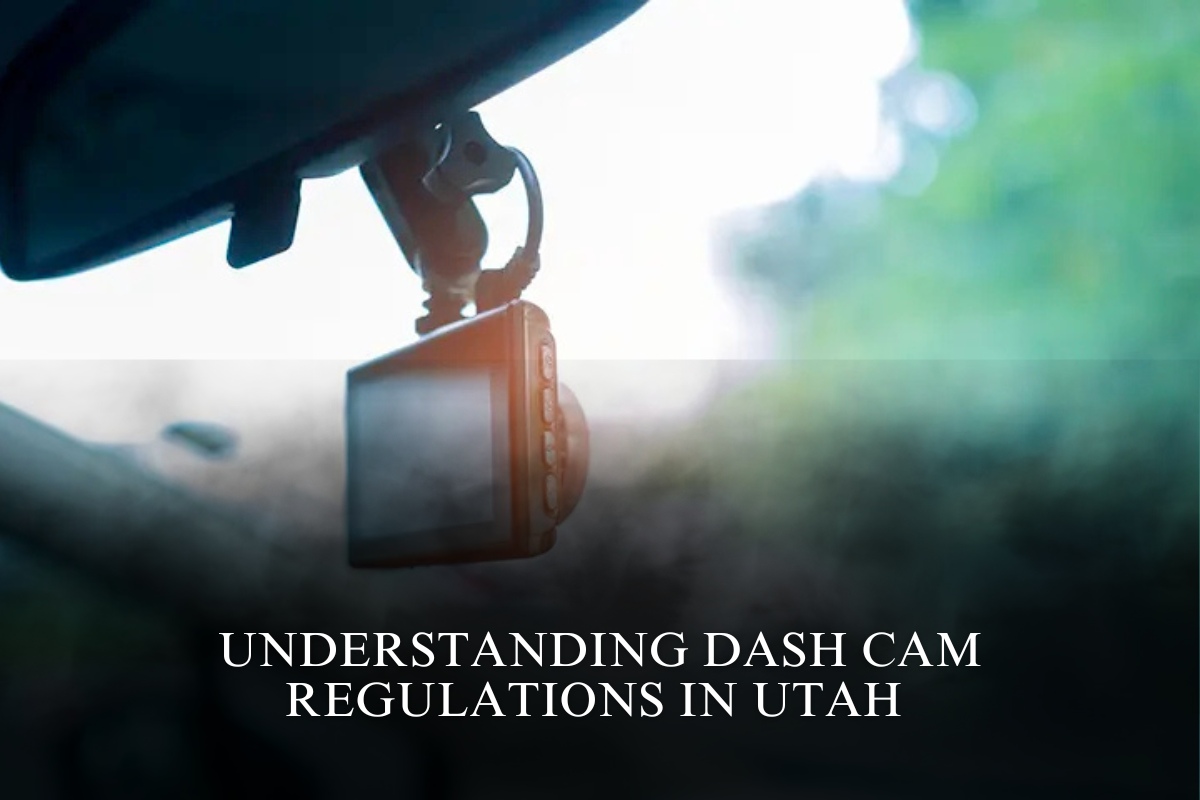A thunderstorm warning has been issued for parts of western New York, while a tornado alert now covers the broader Tri-State Area, which includes regions like New Jersey—and even extends caution to cities such as Chicago, where changing weather patterns may still have an impact.
⚠️ Areas Currently Affected:
The thunderstorm warning specifically targets Genesee, Livingston, Monroe, and Wyoming counties in New York. Meanwhile, the tornado alert spans across western New York and neighboring states. Although the probability of an actual tornado forming remains low, weather officials urge residents to stay vigilant.
The National Weather Service (NWS) noted:
“The storm that prompted the warning has weakened below severe levels and no longer poses an immediate threat to life or property. The warning will expire soon.”
⚡ Lightning Safety: Expert Tips to Stay Protected
Did you know lightning strikes the U.S. 25 million times a year, mostly during summer months? Each year, about 20 people lose their lives due to lightning strikes. With active thunderstorms looming, especially near Chicago and across the Tri-State region, it’s vital to stay safe.
✅ Before and During the Storm:
- Have a solid plan for shelter in place.
- Watch for dark clouds and listen closely for thunder—if you can hear it, you’re close enough to be struck.
- Seek shelter indoors immediately when you hear thunder.
🏠 Once Indoors:
- Avoid using corded phones, wired electronics, and plumbing (sinks, tubs).
- Stay away from windows and doors—lightning can travel through wiring and plumbing.
- After the storm ends, wait at least 30 minutes since the last thunderclap before going back outside. Lightning can still strike even if the sky looks clear.
🌲 What If You’re Caught Outside?
If you’re in the open and can’t get indoors—especially in areas like parks or lakefronts in Chicago—take these precautions:
- Avoid open fields, hilltops, and ridges.
- Stay away from isolated tall trees; stick to lower vegetation if in wooded areas.
- If you’re in a group, spread out to reduce the risk of multiple injuries from a single strike.
- Don’t camp in open areas; choose low-lying places like valleys or ravines.
- Steer clear of water, metal gear, and anything wet—these materials conduct electricity and increase danger.
🚗 Driving in Heavy Rain? Stay Safe with These Tips
Driving during severe thunderstorms—like those expected in Chicago and nearby states—can be dangerous. Here’s how to protect yourself:
- Avoid walking or parking near drainage ditches or areas with fast-flowing water.
- Double your following distance—wet roads demand more stopping time.
- Slow down gradually and steer gently to avoid hydroplaning.
- Stick to middle lanes, which tend to drain better than the outer ones.
- Use headlights for visibility, and check your blind spots more frequently.
- Be extra cautious during the first 30 minutes of rain—oil buildup on roads makes them especially slick.
- Keep a safe distance from large trucks or buses, which can reduce your visibility with splash spray.
- If visibility drops dangerously, pull over safely, ideally at a rest stop. Keep your headlights and hazard lights on.
- Avoid stopping on the shoulder unless absolutely necessary. If you must, pull as far off the road as possible, preferably beyond guardrails.
🛡️ Stay Informed. Stay Safe.
Whether you’re in western New York, the Tri-State Area, or cities like Chicago, staying informed and following safety precautions can significantly reduce your risk during storms. Always monitor weather alerts, follow instructions from local authorities, and stay prepared—your safety depends on it.












